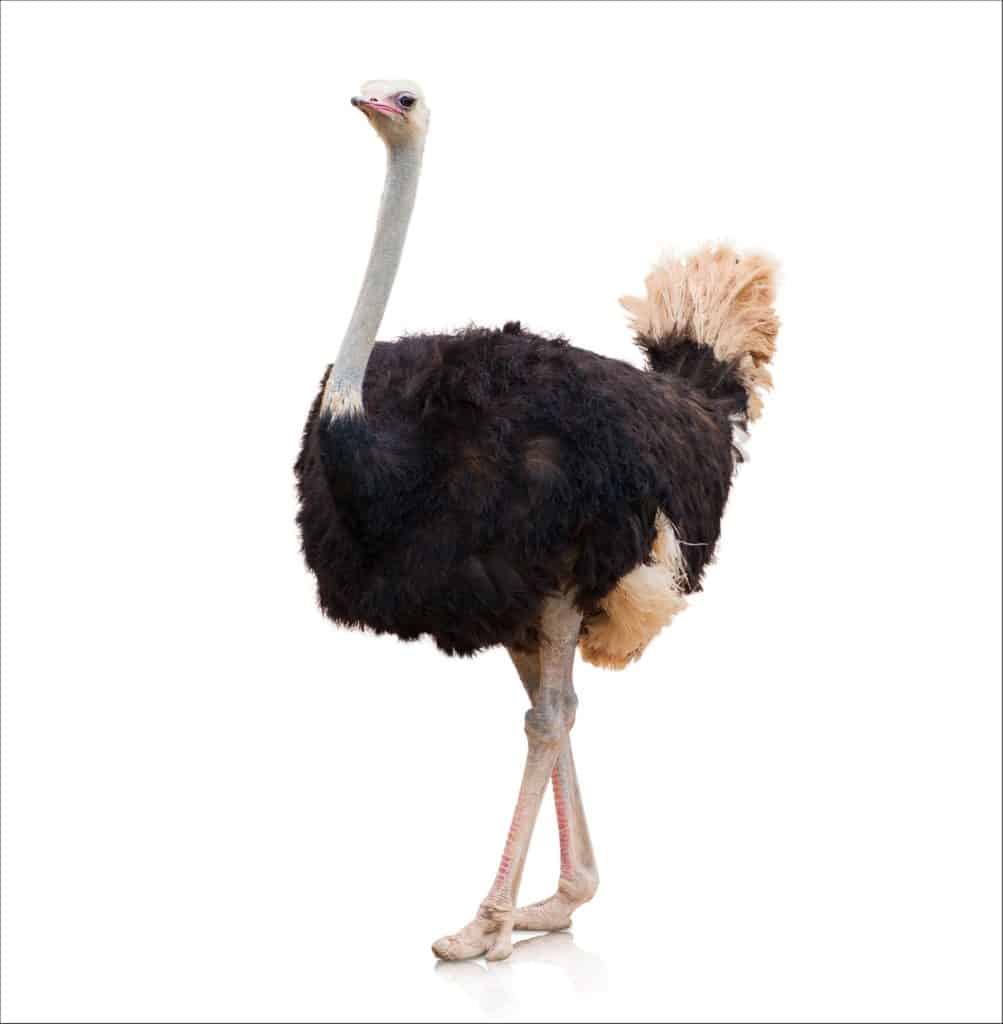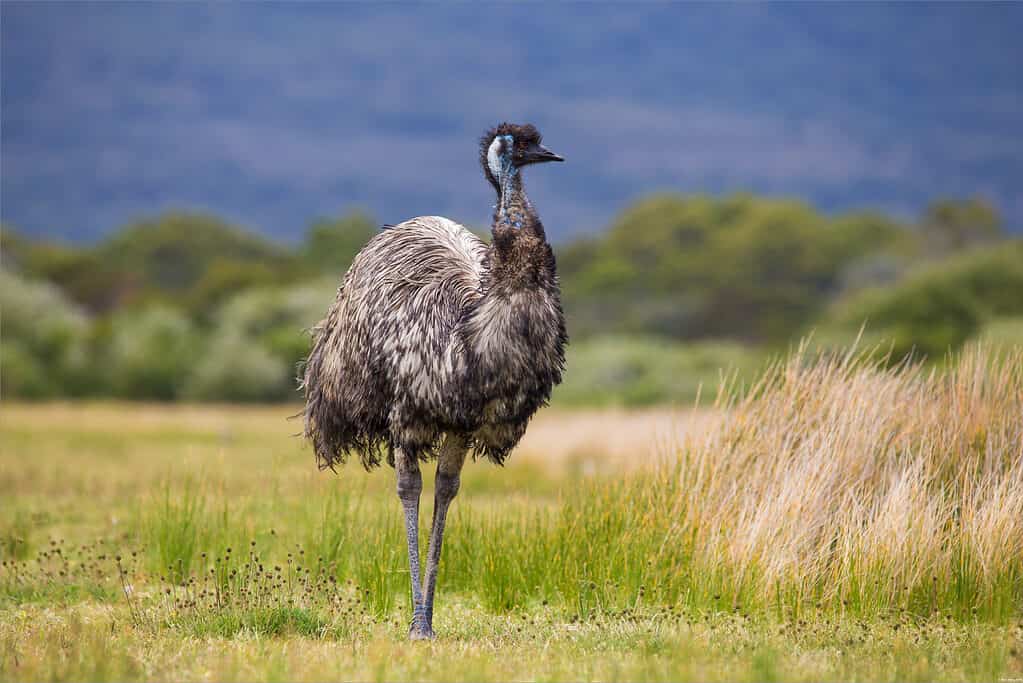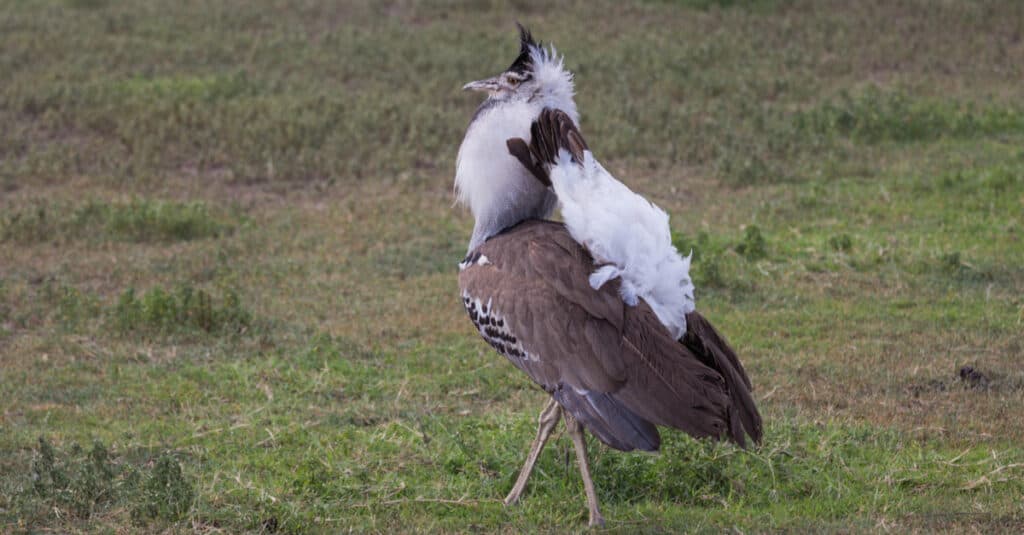Herons and cranes are two waterfowl species. Most people are likely to have heard one over the other. It’s easy to think they’re similar once you hear about both, especially since they are physically similar with a grayish color, large bodies, long legs, and long necks.
The largest crane is the Saurus Crane at 69 inches long, compared to the largest heron species, the Goliath Heron, at 60 inches tall. The symbolism of both birds represents balance.
So, how can you tell them apart? For one thing, they belong to different taxonomic orders, so one bird isn’t actually related to the other. They also look different when they are in flight, and there are other physical distinctions, too.
Let’s check out all of their unique traits below!
Comparing Heron vs Crane
| Crane | Heron | |
|---|---|---|
| Head | Bare & red-colored | Fully feathered |
| Body | Large, with long legs & long neck | Large, with long legs & long neck |
| Size | Very large | Medium to large |
| Color | Grayish | Grayish |
| Diet | Omnivorous | Carnivorous |
| Habitat | Most of the world, mostly wetlands & grasslands | All continents except Antarctica, most habitats near water & especially lowlands |
| Taxonomy | Order Gruiformes, Family Gruidae, 15 species | Order Pelecaniformes, Family Ardeidae, 72 species |
| Flight | Neck outstretched | Neck curved |
| Call | Loud, rattling bugle | Croak |
| Mate | Monogamous | Changes mates |
| Nest | On ground, solitary | Trees, colonial |
| Eggs | 1-2 | 4-7 |
| Feeding | Take chicks to food | Take food to chicks |
| Age of maturity | 3-8 years | 1-2 years |
| Can perch in trees? | No | Yes |
The 8 Key Differences Between Heron and Crane
Heron vs Crane: Head
As the uppermost feature of their bodies, the different heads of cranes vs herons should jump out at you. The crane’s head is bare and red-colored from being featherless, while a heron’s head is fully feathered.
Crane’s necks are shorter than those of the herons and they typically hold them straight forward. This can become obvious when these birds are in flight. Herons curve their necks into an “S” shape and when they fly, they tend to pull them all of the way back whereas Cranes stick forward.
Heron vs Crane: Body
There are both very small and very big-sized species for cranes and herons. With the crane being a very large bird and the heron being medium to large, there are bound to be differences in length, height, weight, and wingspan, even among similarly sized species.
Generally, the crane is taller and with a shorter neck and beak. Even the smallest species of the two have different sizes, with the Dwarf Bittern (a heron) being 10 to 12 inches long, and the Demoiselle Crane being 35 inches long.
In terms of wingspans, Whooping Cranes are 6 feet, and Goliath Herons are 6 to 7 feet.
Heron vs Crane: Neck During Flight
Another big difference you can see is what they look like while they are flying. The crane stretches out its neck while flying, but the heron curves its neck.
Heron vs Crane: Diet & Feeding
When you’re out bird-watching near a large body of water, you might catch one of these birds eating. If so, it can be a great way to tell them apart. Cranes are omnivorous, so they eat both animal and plant matter from the land and water. Herons, on the other hand, are purely carnivorous and stick to eating aquatic animals. Another difference is how they feed their chicks, with the crane taking the chicks to the food, and the heron taking the food to the chicks, as many other birds do.
Heron vs Crane: Taxonomy
Both of these waterfowl belong to the class Aves, which includes all birds. After that point, they are not similar at all. The crane belongs to the order Gruiformes, which means “crane-like,” and the family Gruidae, which means “crane,” with 15 species. The heron belongs to the order Pelecaniformes, which means “pelican-like,” and family Ardeidae, with 72 species.
Heron vs Crane: Call
Hearing either of these birds’ calls will easily tell you which one is which. A crane has a rattling, loud bugling call, whereas a heron has a croaking call.
Heron vs Crane: Mate
The mating behavior of these birds is also very different. The crane is monogamous and mates for life (if possible), while the heron changes mates.
Heron vs Crane: Nest & Group Behavior
Where these birds keep their nests and how they act socially are also important features to distinguish the two. A crane makes its nest on the ground, cannot perch in trees, and lives alone with its mate, but a heron makes its nest in the trees, often perches in trees, and lives in a colony.
Bonus: What Are the Tallest Birds on Earth?
While both the heron and the crane are among the tallest birds in the world, there are some birds that outmatch them when it comes to height and weight combined. Let’s take a look at what those birds are.
Ostrich

The largest bird in the world is the ostrich.
©Krakenimages.com/Shutterstock.com
The ostrich takes the number one spot as the largest bird on the planet. It stands at an average of 9 feet tall and weighs from 220-350 pounds. These towering flightless birds are native to Africa.
Emu

The Australian emu is a close second as the tallest and heaviest bird in the world.
©colacat/Shutterstock.com
The emu, native to Australia, resembles the ostrich as a close second in height and weight, as well as being flightless. Its height ranges from 5-6.5 feet, while it weighs in from 80-130 pounds on average.
Cassowary

Cassowaries have a reputation for delivering aggressive kicks to predators.
©Danny Ye/Shutterstock.com
Standing from 5.8 to 6.6 feet tall and weighing 110-130 pounds, the cassowary is another flightless bird that ranks high in the “largest” category. It hails from New Guinea and surrounding islands.
Rhea

the rhea is a flightless cousin of the ostrich with strong powerful legs, allowing it to run up to 35mph
©RudiErnst/Shutterstock.com
The rhea is a South American bird that’s related to the ostrich. While not as tall and large as its cousin, the rhea can grow from 5-6 feet tall and weigh from 66-88 pounds.
Kori Bustard

The Kori bustard is the largest flying bird native to Africa.
©TheLearningPhotographer/Shutterstock.com
One of the heaviest birds capable of flight in the world is the African Kori bustard, which averages 5 feet in height and 40 pounds in weight.
The photo featured at the top of this post is ©
FAQs (Frequently Asked Questions)
Is a crane bigger than a heron?
Yes. It’s taller, but with a shorter neck and beak.
Is a blue heron a crane?
No, it’s in the Ardeidae family, whereas the crane is in the family Gruidae.
Are cranes and herons related?
No. They are both in the class Aves, both are in different orders.
Thank you for reading! Have some feedback for us? Contact the AZ Animals editorial team.






